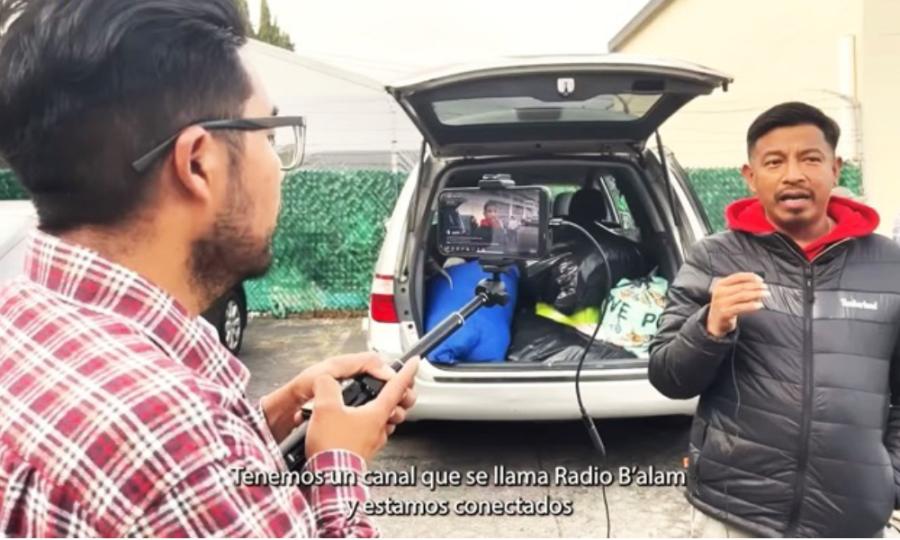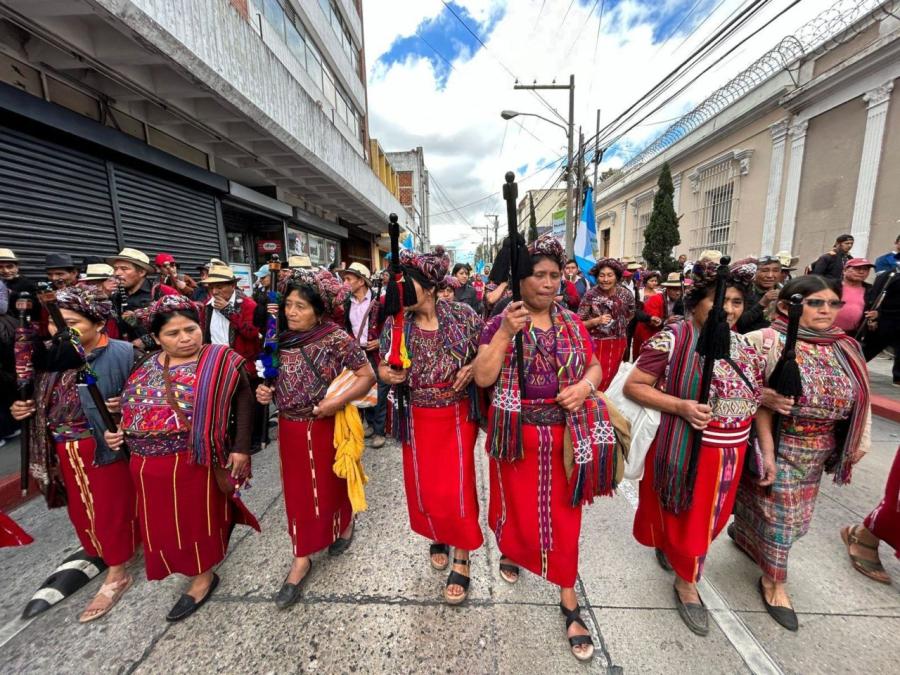
By Lorena Medina Patzán En español
Several Indigenous women's organizations from the Maya, Garífuna and Xinca peoples working with the Tzununijá Movement, have developed a multi-year consultation and collective construction process that has included meetings, conferences and workshops in an effort to produce the Second Shadow Specific Report on Indigenous Women of Guatemala for submission to the Committee on the Elimination of all Forms of Discrimination Against Women.
The Convention on the Elimination of all Forms of Discrimination Against Women (CEDAW) was adopted by the United Nations in 1979 and ratified by the State of Guatemala on August 12, 1982. Despite this, almost 35 years after the State had committed itself to eliminate all forms of discrimination against women, the situation of Indigenous women in the country continues to be marked by various forms of discrimination, racism, and violence.
The State of Guatemala has submitted various reports on compliance with this important international convention. In 2003, the Committee made several recommendations following the presentation of the State's sixth report. Among the most relevant are recommendations 34 and 35 which express the Committee's concern about the situation of Indigenous women in the country:
"34: Noting that the majority of Guatemalans are Indigenous, the Committee expresses its concern about the situation of Indigenous women, who do not enjoy their human rights and are vulnerable to multiple forms of discrimination. It is also concerned at the lack of statistical information on the situation of Indigenous women. "
"35: The Committee encourages the State party to take specific concrete steps to accelerate the improvement of the conditions of Indigenous women in all spheres of life."
Based on these clear recommendations issued by the Committee, the Tzununijá Movement promoted a broad participation process from Indigenous women, who have historically been set aside and invisible in all areas, especially in the reports prepared by the Guatemalan State, as well as in other reports from the women's and feminist movement that have little on the agenda of the voices, situations and demands of Indigenous women. What is sought with the elaboration and presentation of specific reports, is to show that the socio-political and cultural contexts in which Indigenous women develop, face specific challenges due to marginalization, inequality, poverty, racism, etc. that have different impacts, which need to be taken into account by the State with a higher priority that it has been given to it so far, in order to ensure respect and compliance with the individual and collective rights of Indigenous women.
In some cases, it is considered that they have been relegated to the concept of “rural women,” which also has a bias, since Indigenous women are in all sectors of society, they are migrants, professionals, living in cities, they hold positions as decision makers and in some cases, leadership positions, which is contrasting when the situation of Indigenous women is analyzed only as rural women.
The report prepared in 2009 by the Tzununijá Women's Movement to the CEDAW Committee was the first of its kind, presented specifically by Indigenous women, at the global level. The richness of both reports is that they have been the product of regional meetings and processes that have emerged from the communities that have given voice and spaces of expression to Indigenous women, from a local to a national level. It is considered that this alternative report is a space to clearly show the reality of the multiple oppressions and discrimination under which Indigenous women live, due to gender and ethnicity, which are also accentuated by the poverty and extreme poverty of predominantly Indigenous areas. This situation is exacerbated by the lack of State investment in the human development of Indigenous Peoples and the lack of implementation of human rights commitments.
Garífuna and Xinca women have been fully involved in supporting this process, with a leading role and a lot of hope, considering that there are many gaps in the reports submitted by the State, which almost lack reliable and sufficient data.
In a recent meeting to strengthen and validate the report to be presented this year, several women participants expressed that the reality of women in their communities in daily life is characterized by lack of access to education, scarce resources to provide coverage to the most remote Indigenous communities; lack of cultural relevance of implemented programs, poor health services, little or no access to justice in cases of violence, etc.
In the regions with the highest concentration of Indigenous populations, there are high rates of maternal and infant mortality, due to various causes. Likewise, chronic child malnutrition is also more pronounced in Indigenous-majority departments.
"Indigenous women suffer very strongly discrimination and exclusion in access to education, access and treatment in health services, the devaluation of our work and the poverty levels in which our families live. There is also criminalization towards our leaders both men and women. The midwives are still not valued, they suffer discrimination and their mission is not understood by the official health system. It is worrying that pregnancies in girls and adolescents between 10 and 17 years of age will be in 2014 a total of 39,501 and that they focus on departments with Indigenous majority." These are some of the conclusions from the 2017 report review workshop, to which more than 40 women from different villages contributed.
The 2017 report to the Committee reflects several aspects that concern and affect the exercise of Indigenous Women's rights, especially in the following topics: political participation, education, health, violence against women and access to justice, criminalization, and employment.
Regarding political participation, the women participants named discrimination, lack of access to decision-making spaces, polarization, and the fact political parties do not reflect the cultural diversity of the country, as significant obstacles.
During the workshop an increase in the criminalization of women human rights defenders, resulting in criminal prosecution, harassment, evictions from their ancestral territories, threats and in some cases femicides was also reported. The protection of land is a key element for Indigenous women and their communities, as there is an intrinsic relationship between land, subsistence and cultural resistance, food sovereignty and the survival of Indigenous Peoples. However, the leaders face repressive acts by raising their voice in defense of land and territory, before the repression of the State and armed groups linked to business projects, which are imposed with no consultation in communities to divest them of their territories and exploit their resources.
The 2017 report will be presented to the CEDAW Committee in the Fall, so voices and visions of Indigenous women can be taken into account. The women participants highly value this space for exercising their right to denounce abuses at a national and global level, to make their recommendations known to the State of Guatemala, and to advance the respect for and guarantee of their human rights, both individual and collective.



